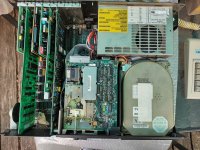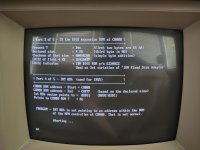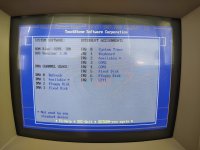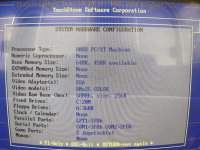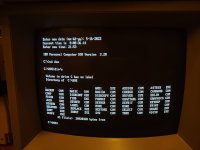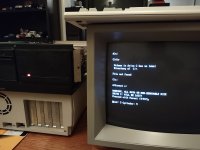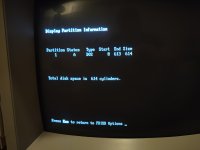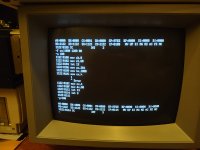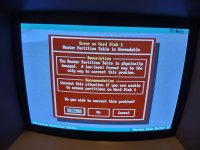Rubix
Experienced Member
- Joined
- May 20, 2007
- Messages
- 163
Hi all, I repaired this IBM PC XT today and it properly boots from floppy. However, booting from the hard drive doesn't work. The drive initializes a second time and then the computer boots into BASIC. I reconnected the cards and checked the jumper on the drive. All seems to be correct. Does anyone know what could cause this? The initialization sound seems to be OK.

